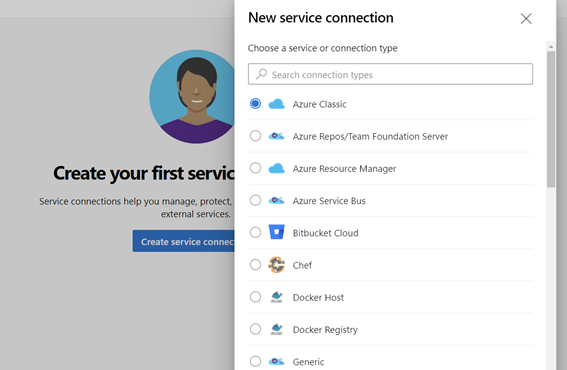Agile is a current software process that is believed to be a solution to build a software. On this article, we discuss how to build a software that implemented Agile and DevOps. For the real example, we will use azure DevOps and eXtreme Programming (XP). Let us get started:
#1 Creating a DevOps project
After the project is agreed and the contract is raised, the team can start to create a DevOps project. They should do:

#2 Composing the user stories.
This step is a casual XP based requirement engineering technique.
- Creating features,
- Defining the actor or persona
- Creating user stories, https://youtu.be/2Qj3x1RnqHA
- Creating iteration plan with user stories deliverables
- Discussing the features, user story, and iteration plan with the customer
#3 Designing the Solution.
You start this step by creating a mockup for your design. You can start with.
- Creating information architecture (IA). You can create the IA with Mindmap software such as MindManager or XMind.
- Create low fidelity prototype. You cab create with your pencil & paper or user wireframe tool like PowerPoint or Balsamiq.
- Discussing the low fidelity and IA with the customer
- Creating high fidelity with Visual Studio or Visual Studio Codes.
- Uploading and presenting the High-fidelity prototype to customer
#4 Developing the Solution.
This step can be the longest step in the project. This is because the solution is developed through one or more of iteration. Of course, this step is executed iteratively.
#5 Implementing the solution.
After the entire iteration is finished, it is a good time to implement and to finish the solution.